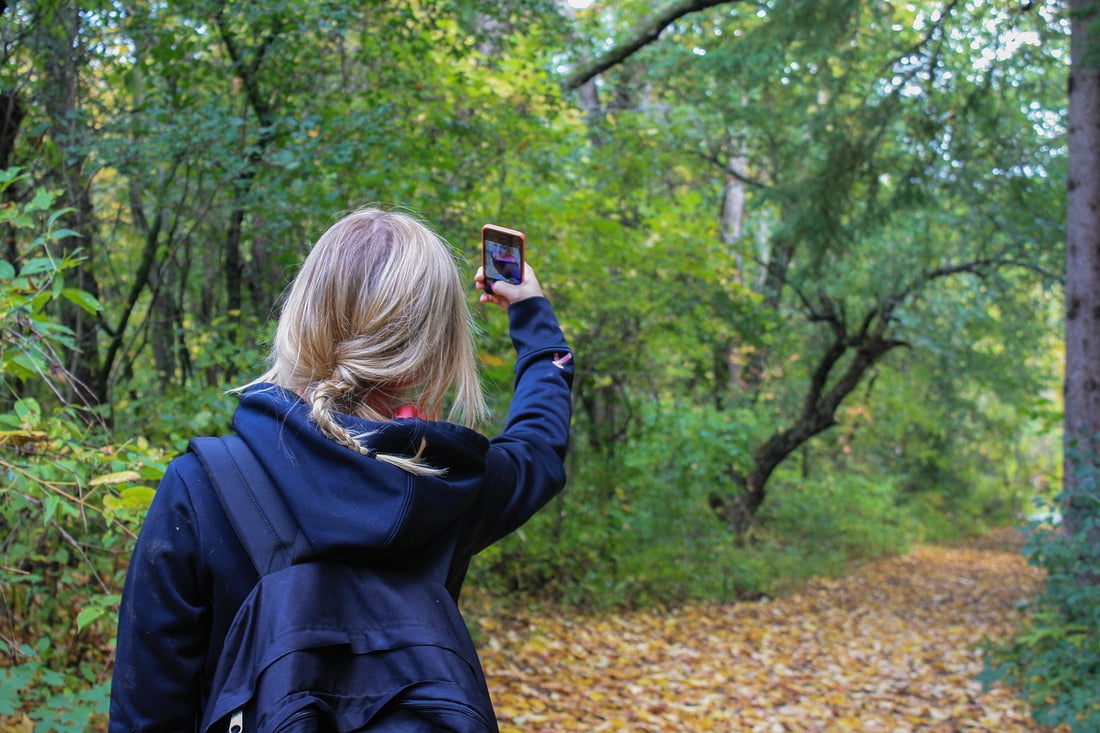
Enhancing Safety and Coordination: Effective Communication During a Camping Trip
Share
Camping, with its promise of serenity and adventure, beckons outdoor enthusiasts to embrace nature's beauty. Whether you're a seasoned camper or a novice setting out for the first time, effective communication within your camping group is paramount for a safe and enjoyable experience. In this comprehensive guide, we'll delve into the intricacies of communication during a camping trip, exploring a variety of strategies, tools, and best practices to ensure seamless coordination and foster a deeper connection with the wilderness.
The Importance of Communication in the Wilderness
In the vast expanse of the great outdoors, effective communication is not just a convenience—it's a necessity. The ability to convey information, share plans, and respond to emergencies ensures the safety and well-being of everyone in the camping group. Additionally, strong communication enhances the overall experience, facilitating coordination in activities, decision-making, and the forging of lasting memories. Understanding the significance of communication sets the foundation for a successful camping adventure.
Tip 1. Walkie-Talkies: The Outdoor Communicator's Best Friend
Walkie-talkies stand out as indispensable tools for short-range communication in the wilderness. These portable devices provide a reliable means of staying connected within the group, especially in areas with limited cell reception. Choosing a set with an appropriate range for your camping environment is essential. Walkie-talkies not only facilitate coordination in activities such as hiking and setting up camp but also serve as efficient tools for sharing information about the surroundings and potential hazards.
Tip 2. Cell Phones and Charging Solutions
While cell phones may not always guarantee reception in remote areas, they are valuable assets for emergency communication. Before embarking on your camping trip, ensure that your phones are fully charged. Consider bringing portable chargers or solar chargers to keep devices powered throughout the journey. Cell phones can be a lifeline in emergencies, providing a means to call for help or communicate critical information to other group members.
Tip 3. Emergency Whistle and Non-Verbal Communication
An emergency whistle is a simple yet effective tool for signaling in the wilderness. Establishing a specific signal or pattern understood by everyone in the group enhances the efficiency of communication during emergencies. Non-verbal communication, including hand signals and gestures, further complements spoken words. Pre-arranged signals for messages like "stop," "danger," or "all clear" contribute to a silent yet effective mode of communication, particularly in situations where verbal communication may be impractical.
Tip 4. Campsite Communication Strategies
When camping with multiple tents, establishing a clear communication system for the campsite is crucial. This may involve the use of color-coded flags, lanterns, or other visual cues to convey messages such as mealtime or bedtime. Creating a system that everyone understands fosters a sense of order and enhances the overall camping experience. Additionally, organizing regular group meetings to discuss plans, share updates, and address concerns ensures that everyone is on the same page, promoting a collaborative and enjoyable camping environment.
Tip 5. Navigation Tools - Map and Compass
Navigating the wilderness requires more than just verbal communication—it demands a fundamental understanding of maps and compasses. Equipping each member of the camping group with basic navigation skills ensures that everyone can contribute to navigating the terrain effectively. In case someone gets separated from the group, these skills become invaluable for reunification. Training the group on map reading and compass navigation enhances self-sufficiency and builds confidence in the face of unexpected challenges.
Tip 6. Developing an Emergency Plan
A comprehensive emergency plan is a cornerstone of effective communication in the wilderness. This plan should include designated meeting points, procedures for different emergency scenarios, and a clear chain of command. Ensuring that every member of the group is familiar with the emergency plan facilitates a quick and coordinated response in times of need. Regular drills and discussions about emergency procedures contribute to a collective understanding, instilling a sense of preparedness and confidence within the camping group.
Tip 7. The Role of a Notebook and Pen
In the digital age, a humble notebook and pen remain invaluable tools for communication during a camping trip. Jotting down important information such as landmarks, coordinates, or changes to the itinerary provides a tangible and reliable record. This simple practice can be instrumental in navigating the wilderness, coordinating activities, and ensuring that everyone is informed and aligned with the group's plans.
Tip 8. Offline Maps for Uninterrupted Navigation
In areas with poor or no cell reception, relying on digital maps may be impractical. Downloading offline maps before the trip ensures uninterrupted navigation even without an internet connection. This proactive approach enhances the group's ability to stay on course, explore the surroundings, and navigate through the wilderness with confidence.
Mastering communication during a camping trip is about more than just technology—it's about understanding the environment, respecting the needs of the group, and fostering a sense of camaraderie. By incorporating a variety of communication tools, strategies, and best practices, campers can elevate their outdoor experience. With these communication strategies in place, your camping adventure is bound to be not only enjoyable but also safe and deeply enriching.
